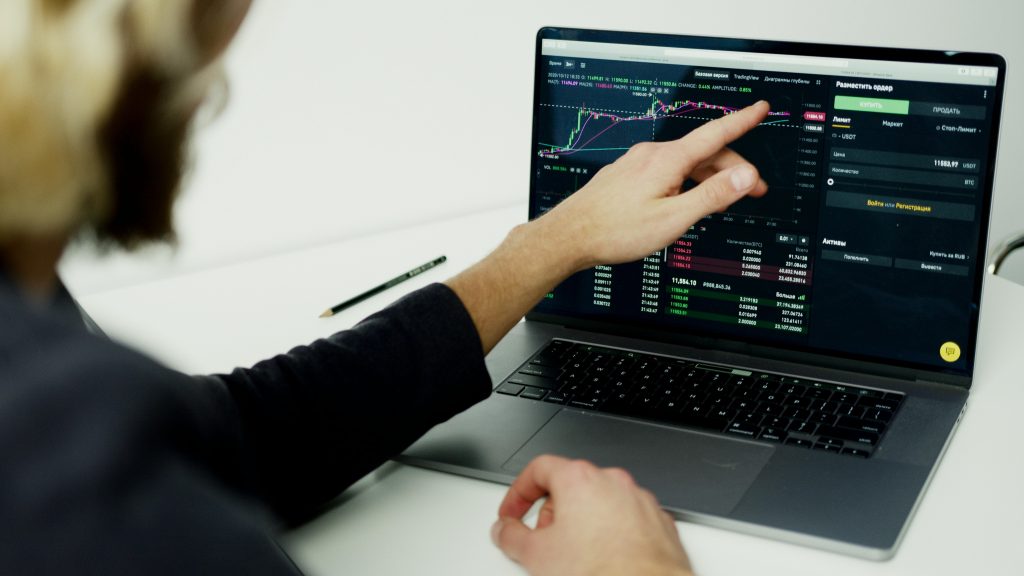Prop trading firms, also known as proprietary trading firms, give traders the opportunity to trade using large amounts of capital. But they don’t give money away for free. These firms have a clear business model that helps them earn income—whether a trader wins or loses.
In this article, we’ll explain the different ways prop firms make money, how the challenge system works, and what traders should watch out for. We’ll also help Vestrado users decide if prop trading is the right step forward.
What Is a Prop Firm?
A prop firm allows traders to use the company’s capital to trade in the market. In exchange, the firm takes a share of any profits the trader makes.
To access this capital, traders usually have to go through a test called the prop firm challenge. This is the first point where firms start earning money.
How Prop Firms Make Money
Prop firms have several income streams. Below are the main ways they generate revenue.
1. Challenge Fees
Most prop firms require traders to complete a challenge before granting access to their capital. This is a paid evaluation process.
How it works:
- Traders pay a one-time fee to take the challenge.
- Fees can range from $40 for a $5,000 account to $3,000 for a $500,000 account.
- Traders must meet a profit target within strict risk limits.
Why it’s important for the firm:
- Most traders fail the challenge due to poor risk management.
- These failures mean firms keep the upfront fees without providing a funded account.
Some prop firms also offer instant funding options. In these cases, traders skip the evaluation but pay a higher initial fee.
2. Monthly Subscriptions
Instead of one-time challenge fees, some firms use a subscription model. This means traders pay a smaller monthly fee to keep their account active.
For the firm, this creates recurring revenue, even if the trader isn’t actively trading or fails.
For traders, this can reduce upfront costs but might become more expensive over time if they don’t get funded quickly.
3. Profit Splits from Funded Traders
After passing the evaluation or purchasing instant funding, traders gain access to a funded account. Any profits made are split between the trader and the firm.
Typical split:
- Most firms take between 10% to 30% of the profits.
- Traders keep the remaining 70% to 90%.
Some firms offer special structures. For example, traders might keep 100% of the first $10,000 before switching to a lower percentage.
Even if only a small number of traders pass the evaluation, the profit-split model creates continuous revenue for the firm.
4. Spreads and Commissions
Firms may also earn money from:
- Marked-up spreads (the difference between buy and sell prices)
- Trade commissions (small fees charged per trade)
This model is similar to how traditional brokers earn money.
Not all prop firms send trades to the live market. Some keep traders on demo accounts and still charge spreads or commissions.
5. Hidden Fees
Beyond the main fees, there are additional charges that traders should be aware of:
Platform fees
- Monthly charges to use the trading platform.
Data feed costs
- Extra payment required for access to live market data.
Account reset fees
- Charged when traders fail the challenge and want to try again.
Commission markups
- Some firms add extra charges to each trade, increasing costs without being obvious.
These hidden costs allow prop firms to increase their revenue while appearing to offer low entry fees.
6. Educational Services
Many firms sell educational products like:
- Online courses
- Webinars
- One-on-one coaching or mentorship
These are often marketed as add-ons to help traders pass challenges or improve performance. While optional, they generate extra income for the firm.

7. Simulated vs Real Market Execution
Not all funded accounts operate in real financial markets. Some prop firms use simulated environments, even at the funded stage.
What this means:
- Trades are not sent to the real market.
- If the trader loses, the firm doesn’t actually lose any money.
- The firm keeps fees and continues to profit from the trader’s attempts.
For firms, this approach is low risk and high reward. It also means some “funded” traders are never trading real capital.
The Prop Firm Challenge Model Explained
The challenge is the core system used by prop firms to filter traders.
Challenge structure:
- Profit target (for example, 10% in 30 days)
- Risk limits (for example, no more than 5% daily loss)
- Rule compliance (no trading during news events, etc.)
If the trader passes, they get funded. If they fail, they can try again—after paying another fee.
Some firms also have two-phase challenges with increasing difficulty. Others let traders pay more to skip the challenge entirely.
What Happens If You Lose?
If a trader breaks the rules or fails the challenge:
- They must pay again to retake it.
- They may need to reset the account, which also costs money.
At the funded stage:
- Breaking rules usually results in immediate account termination.
- Traders must start over if they want to try again.
This system keeps a steady flow of money going back to the firm, even from the same group of traders.
How Much Money Do Prop Firms Make?
Prop firms can make a lot of money. Their income comes from:
- Challenge fees and monthly subscriptions
- Profit shares from funded traders
- Spread markups and trade commissions
- Platform and data feed subscriptions
- Educational product sales
- Reset and retry fees
Because most traders fail, the bulk of income comes from challenge fees and resets. Even firms that rarely pay out still grow their revenue through this model.
What Should You Look Out For?
When choosing a prop firm, Vestrado users should pay attention to:
- Real market execution vs simulation
- Transparent and fair rules
- Verified proof of trader payouts
- Honest customer reviews
- Available trading platforms
- Support response time
- Hidden fees or complex conditions
Be cautious of firms that seem too good to be true or have unclear policies.
How to Choose the Best Prop Firm
To make the right choice, compare firms based on:
- Challenge difficulty and rules
- Pricing structure (one-time vs subscription)
- Payout policies and processing speed
- Trader reviews and feedback
- Market access and instrument options
- Level of transparency
Using comparison tools and reading real trader experiences can help you avoid poor-quality firms.
Is Prop Trading Only for Professionals?
In the past, prop trading was for institutions and expert traders. Now, retail traders can also join thanks to remote prop firms.
However, passing the evaluation still requires:
- Good risk management
- Consistent discipline
- A clear trading strategy
The truth is, most people fail. But for those who succeed, it’s a chance to trade large accounts without risking personal savings.
Is a Prop Firm a Profitable Business?
Yes. Prop firms are very profitable, even if most traders never get funded. The firms:
- Earn money from challenge and reset fees
- Make profits from spreads and commissions
- Share in the profits of successful traders
- Charge for platform use and education
Because the risk is on the trader—and most traders fail—the firm’s business is highly scalable and stable.
Joining a prop firm can be a smart step for traders who want access to capital without risking their own money. But it’s important to understand the business model behind it.
Challenge fees, rule-based failures, hidden costs, and demo accounts all play a role in how prop firms generate profits. As long as you are aware of the system, you can prepare and increase your chances of success.





